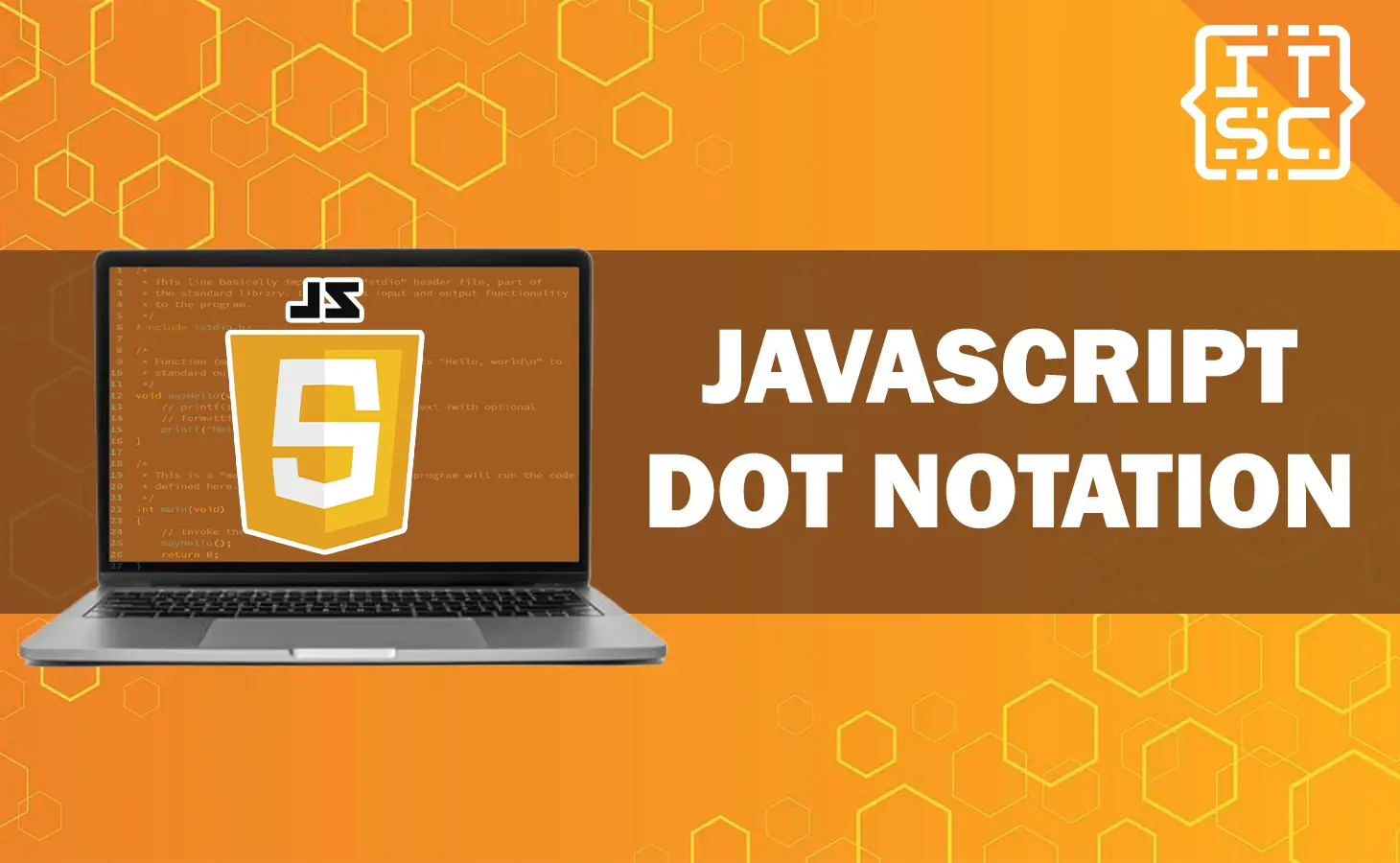In this article, we embark on a journey to explore the depths of JavaScript Dot Notation vs. Bracket Notation, demystifying their usage, advantages, and potential pitfalls.
What is JavaScript Dot Notation?
JavaScript Dot Notation, often referred to as “dot notation,” is a concise and straightforward way to access object properties. It employs a simple syntax:
object.property- Clarity and Readability: Dot notation is favored for its readability. It’s like a natural language sentence where the object and property are connected by a dot, making the code intuitive and easy to understand.
- Predictable: It works seamlessly when dealing with standard property names. However, it falls short when property names contain spaces, special characters, or start with numbers.
What is Bracket Notation?
Bracket Notation, on the other hand, is a versatile alternative for accessing object properties. It uses square brackets with a string containing the property name:
object["property"]- Flexibility: Bracket notation shines when dealing with dynamic or unconventional property names. It allows you to use variables, expressions, or any string as the property identifier.
- Dynamic Property Access: You can access properties that are not accessible through dot notation, such as those with spaces, special characters, or starting with numbers.
When to Choose Dot Notation or Bracket Notation?
The choice between dot notation and bracket notation depends on the specific use case:
- Dot Notation: Use dot notation when dealing with standard, fixed property names. It’s the preferred choice for readability and simplicity.
- Bracket Notation: Opt for bracket notation when working with dynamic property names, non-standard identifiers, or computed properties. It provides the necessary flexibility.
Advantages of JavaScript Dot Notation
JavaScript Dot Notation offers several advantages:
- Readability: Its simplicity enhances code readability, making it ideal for straightforward property access.
- Ease of Use: When dealing with standard properties, dot notation is convenient and intuitive.
- Error-Prone: It’s less error-prone compared to bracket notation, reducing the chances of syntax mistakes.
Advantages of Bracket Notation
Bracket Notation has its unique benefits:
- Dynamic Property Access: You can access properties with dynamically generated names, enhancing code flexibility.
- Handling Special Cases: Bracket notation handles property names with spaces, special characters, or starting with numbers, which dot notation cannot.
- Computed Properties: It enables computed property names, which is invaluable in certain scenarios.
JavaScript Dot Notation vs. Bracket Notation in Real-World Scenarios
Let’s delve into some practical examples to illustrate the use of both notations:
Example 1: Accessing Object Properties
Suppose we have an object representing a car:
const car = { make: "Toyota", model: "Camry", year: 2023, };Dot Notation
To access the car’s make using dot notation:
const make = car.make;Bracket Notation
To achieve the same using bracket notation:
const make = car["make"];In this scenario, both notations yield identical results. Dot notation may be preferred for its simplicity.
Example 2: Dynamic Property Access
Imagine we want to access a property based on user input:
const userInput = "model"; const selectedProperty = car[userInput];In this case, bracket notation shines because it allows us to use the userInput variable to dynamically access the object’s property.
I think we already covered everything we need to know about this article trying to convey.
Nevertheless, you can also check these articles to enhance your JavaScript manipulation skills.
- How to Find and Replace Object in an Array JavaScript?
- How to Remove Duplicates from Array in JavaScript? 5 Ways
- What is JavaScript getComputedStyle? | Example Program To Use
Conclusion
JavaScript Dot Notation and Bracket Notation are invaluable tools for accessing and manipulating object properties in JavaScript.
While dot notation excels in readability and simplicity, bracket notation offers flexibility and dynamic property access. The choice between them depends on your specific coding requirements.

